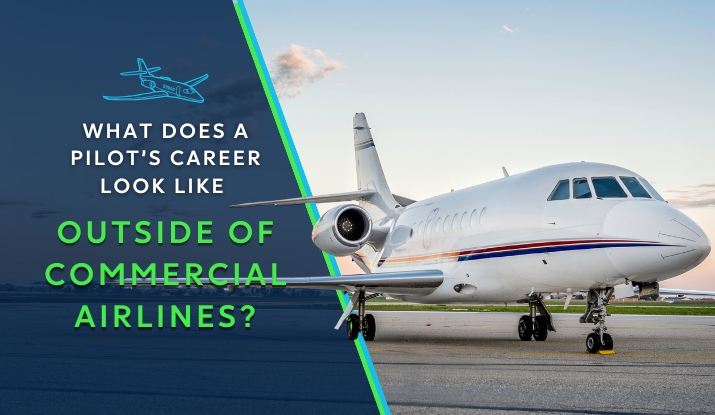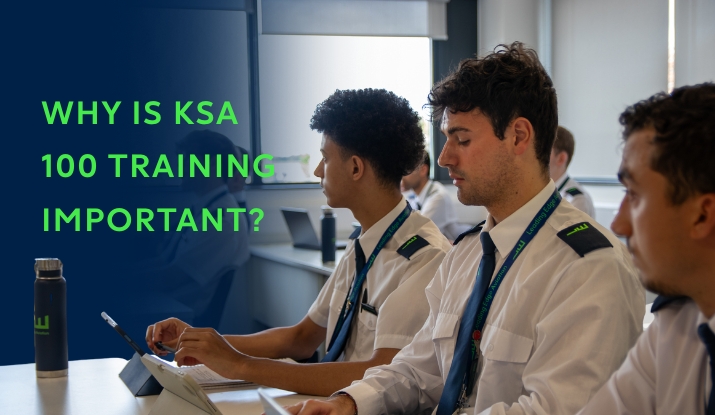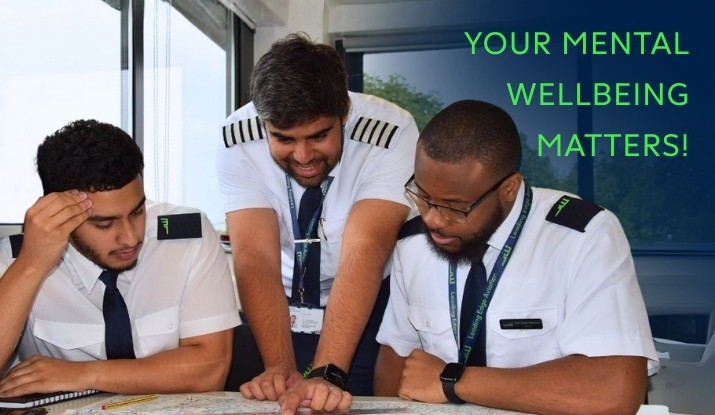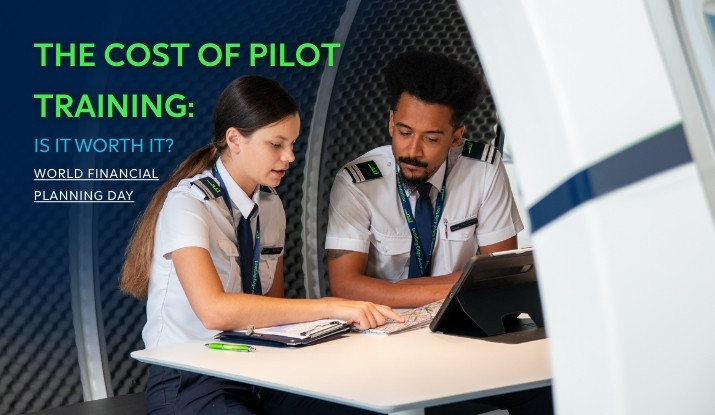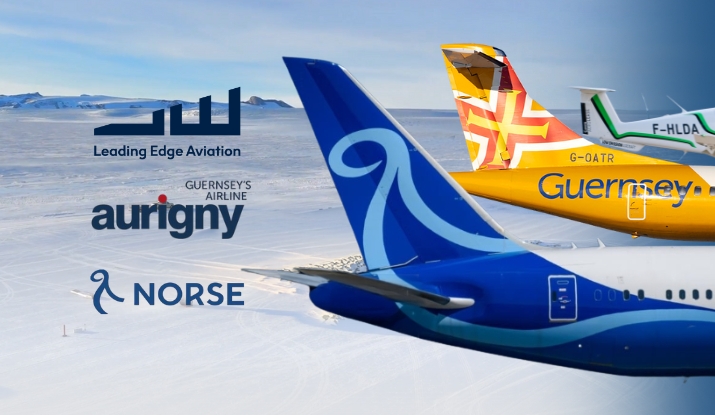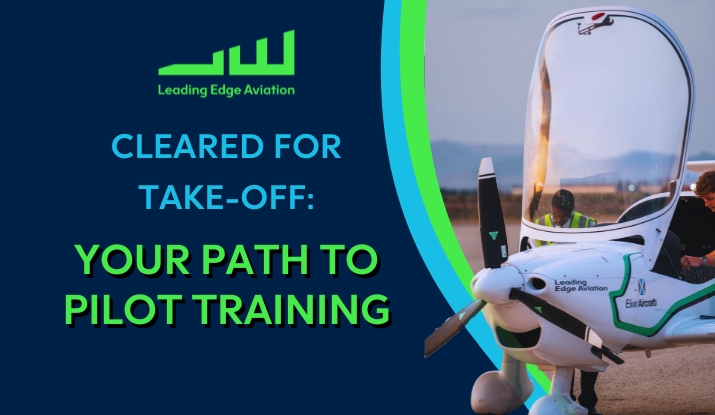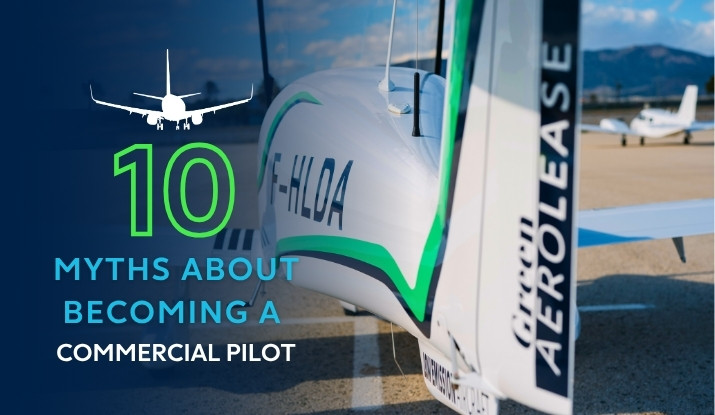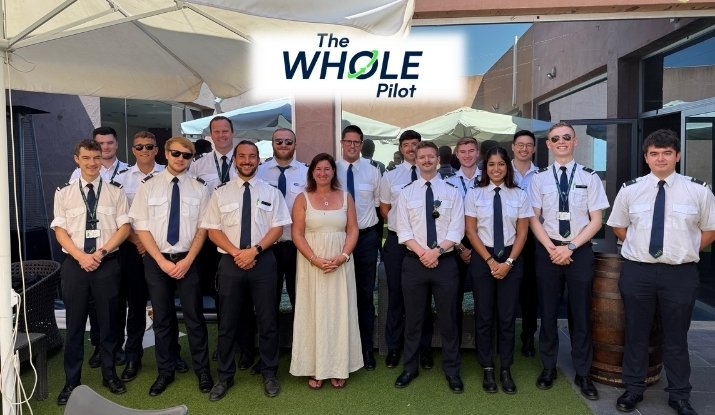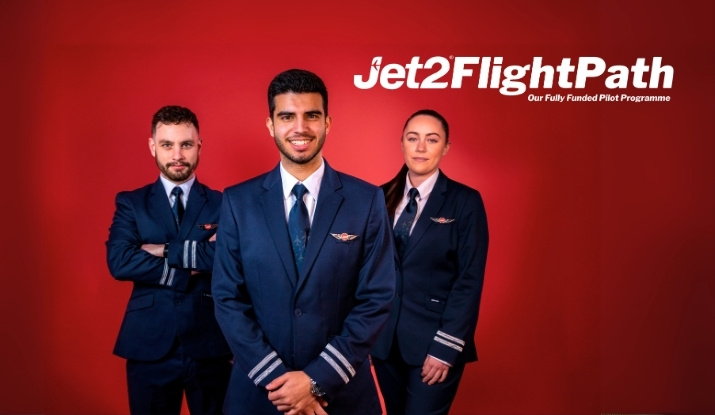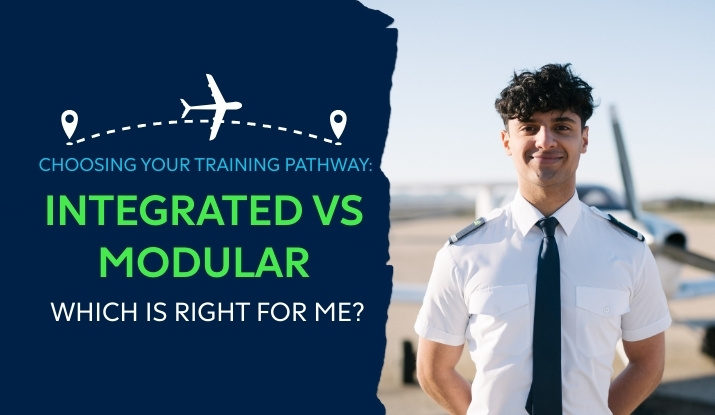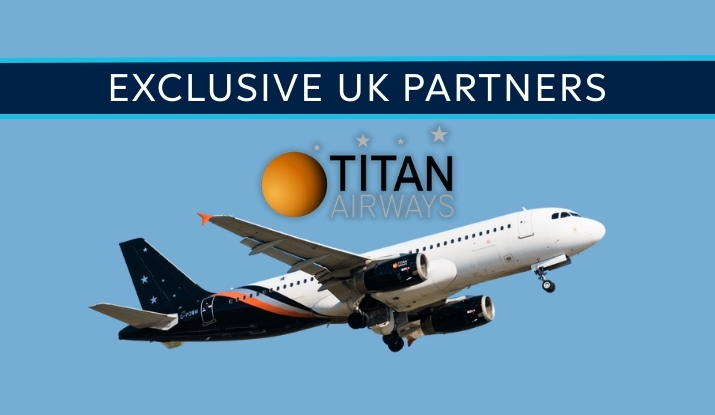When most student pilots imagine their future, they picture walking through airport terminals in airline uniform, preparing for a flight full of holiday-makers on an Airbus or Boeing. The commercial airline route is familiar, well-trodden, and for many, the ultimate goal. But it’s not the only pathway post flight training.
Why Consider a Career as a Corporate Jet Pilot?
Becoming a corporate jet pilot isn’t just about travelling from A to B, it’s about delivering an exceptional experience while flying some of the most sophisticated aircraft in the skies.
One thing that this sector definitely offers is variety: you might be flying transatlantic routes one week and short European trips the next. The schedule is unpredictable, but that’s what makes it exciting. No two days, flights, or destinations are ever the same.
Corporate pilots also enjoy a greater sense of ownership and involvement in every flight. You’ll handle everything from planning and logistics to passenger service, often flying into exclusive airports and private terminals; a far cry from commercial aviation.
It’s a career that rewards professionalism, adaptability, and a passion for excellence, with the additional bonus of waking up somewhere new almost every week.
A Day in the Life of a Corporate Jet Pilot
Corporate contracts often require pilots to be at the airport, ready to fly anywhere, within a short time frame. Sometimes there will be lots of waiting around, and other times you may be called in to work immediately.
1- Morning Briefing: Preparing for the Day Ahead
A business jet pilot’s day usually begins with a flight briefing. They’ll check weather conditions, study the route, and coordinate additional details with the Captain or Co-Pilot. Things like catering and specific passenger preferences are confirmed, and ground handling arrangements are finalised.
Attention to detail is crucial in this sector. Even before arriving at the aircraft, the pilot is already thinking two steps ahead, ensuring every element of the flight meets the client’s expectations.
2 – Pre Flight Checks
Once at the airport, the crew needs to prepare the Aircraft. One pilot might power up the systems, check avionics, and load the flight plan, while the other ensures the cabin is immaculate, that catering is stowed, and fuel is confirmed.
Corporate pilots often work closely with handling agents to manage paperwork, logistics, and passenger coordination. By the time their clients arrive, everything must be ready to go. There really is no time for error.
3- The Passengers Arrive at the Airport
Once the passengers arrive, it is the crew’s job to load their bags into the hold and deliver the pre-flight safety briefing. Even if the passengers maintain that they have heard it before, as with commercial aviation, it is a regulatory requirement on every corporate flight to deliver a pre-flight safety briefing.
4- Start up for Taxi and Departure
Efficiency is everything, passengers expect a seamless transition from car to cabin. The aim is to always depart minutes after the aircraft doors close.
5- In Flight Responsibilities
At cruising altitude, the crew’s focus shifts from departure procedures to maintaining comfort and efficiency. On smaller jets, one pilot may step into the cabin to serve drinks or check on passengers, offering a level of service rarely seen in commercial operations.
Between duties, they’ll monitor systems, confirm weather at the destination, and contact ground handling to ensure onward travel is arranged. Corporate pilots are both aviators and ambassadors, balancing technical precision with personal service.
6- Arriving at the Destination
After landing, the pilots assist passengers with their luggage and confirm onward transport before completing post-flight checks. Sometimes, they’ll remain overnight and prepare for the return flight the following morning. Other times, they might reposition the jet to another airport for a new client.
Flexibility is key as plans can change at any moment.
7- End of the Day
After a busy day, the crew may finally check into a hotel. Evenings vary, sometimes spent exploring a new city, sometimes catching up on rest before another early start. While the schedule can be demanding, the lifestyle offers freedom, travel, and a front-row seat to some of the world’s most incredible destinations.
Life as a Corporate Jet Pilot: The Takeaway
A career as a corporate jet pilot offers a dynamic alternative to traditional airline flying. With opportunities to fly private jets to exclusive destinations, handle diverse flight missions, and enjoy a flexible schedule, this path combines technical expertise with a unique pilot lifestyle that few aviation careers can match.

